
Individual Household Behaviour
Insights from smart metering data
eMARC is an initiative by Prayas (Energy Group) to provide insights on electricity consumption in Indian homes. Under eMARC, minute-wise data related to electricity consumption is collected using smart meters from a sample of households and appliances. Interactive dashboards based on the analysis of this data are available on the eMARC website. In this blog series we present key observations based on the data collected from 115 households from January 2018 to June 2020. The households include urban households from Pune City and semi-urban and rural households from the districts of Pune, Aurangabad, Kanpur Rural, and Gonda. In this post we present the insights on the behaviour of a few of the sample households related to electricity consumption.
Please read this post for details on how emarc works and the description of our sample.
We observe significant heterogeneity in the electricity consumption and load patterns across the sample. This can be attributed to a number of factors including location; ownership, size, and efficiency of appliances; size and composition of households etc. It is difficult to elicit the exact nature of the relationship between these factors and the electricity consumption in a small sample. Hence, we describe the electricity consumption patterns of some individual households to indicatively show the varied impacts of these factors. We conducted a detailed survey at the time of the installation of the eMARC meters on household information and appliance ownership, efficiency, and use. We also conducted some regular phone calls whenever possible to seek explanation for abnormal observed energy consumption. This helped explain some of the observed electricity consumption patterns. However, people's response rate has been limited, particularly in the semi-urban and rural areas. Some households were not enthusiastic in responding, whereas others could not recollect the details. Hence some of the explanations are based on indicative assumptions. The households have been marked by their identifiers such as H002 the details of which can be found on our website.
H002: Household in Pune city with air-conditioners
This household in Pune city has 4 people and 5 rooms. They have 3 room air-conditioners and also a ceiling fan in each room. They also have an electric water heater. As the household is in Pune city, it receives almost 24 hours of electricity supply at normal voltage. As can be seen in Figure 1, the average monthly electricity consumption in 2019 was 329 kWh. Air-conditioners are used in the months of April, May, and June with the electricity consumption in summer months being double that of non-summer months. The average night time load is about 1 kW in summer months as compared to about 250 W in non-summer months. The load duration curve for the month of May 2019 shows that about 34% of the time in the month, the load was above 1 kW, with the peak load being close to 5 kW. In Figure 1, we can see the load curve for a typical summer day with AC switched on at night and for an hour in the afternoon and water-heater switched on in the morning.
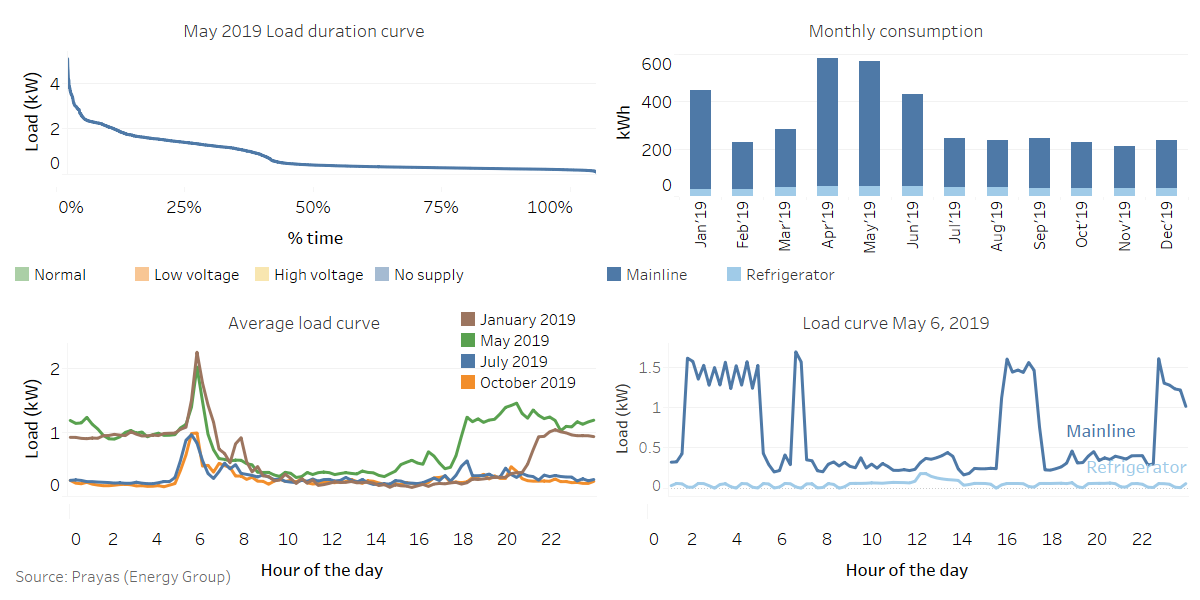
Figure 1: H002 - Household in Pune city with air-conditioners
H003: Household in Pune city with super-efficient ceiling fans
This household in Pune city has 5 rooms and 2 people. They have 6 ceiling fans. In February 2020, the household replaced all their existing ceiling fans with super-efficient ceiling fans. The monthly consumption in summer of 2020 was lesser than that in 2019. There may be a number of factors affecting the monthly consumption but the impact of the ceiling fans is clearly seen in the night time load. For instance, on 29th April, the non-refrigerator load was about 96 W in 2019 and about 36 W in 2020. It is also observed that the refrigerator contributes about 40% of the household's total electricity consumption. It is a 10 years old 4-star refrigerator. As per the label, the refrigerator should consume about 460 kWh annually but it actually consumes about 600 kWh. It may be useful for the household to get the refrigerator checked for any issues that may be leading to higher electricity consumption.

Figure 2: Household in Pune city with super-efficient ceiling fans
H004: Household in Pune city with high water-heater use
This household in Pune city has 7 people and a water-heater which is used throughout the year. As can be seen in Figure 3, the household's electricity consumption in winter is higher than that in summer. There are frequent peaks of load in the morning time between 4 am to 12 pm. Most of them can be associated with water-heaters being used at different times. A further investigation may check the efficiency of the installed water-heaters to see if there is any potential of reducing electricity consumption.
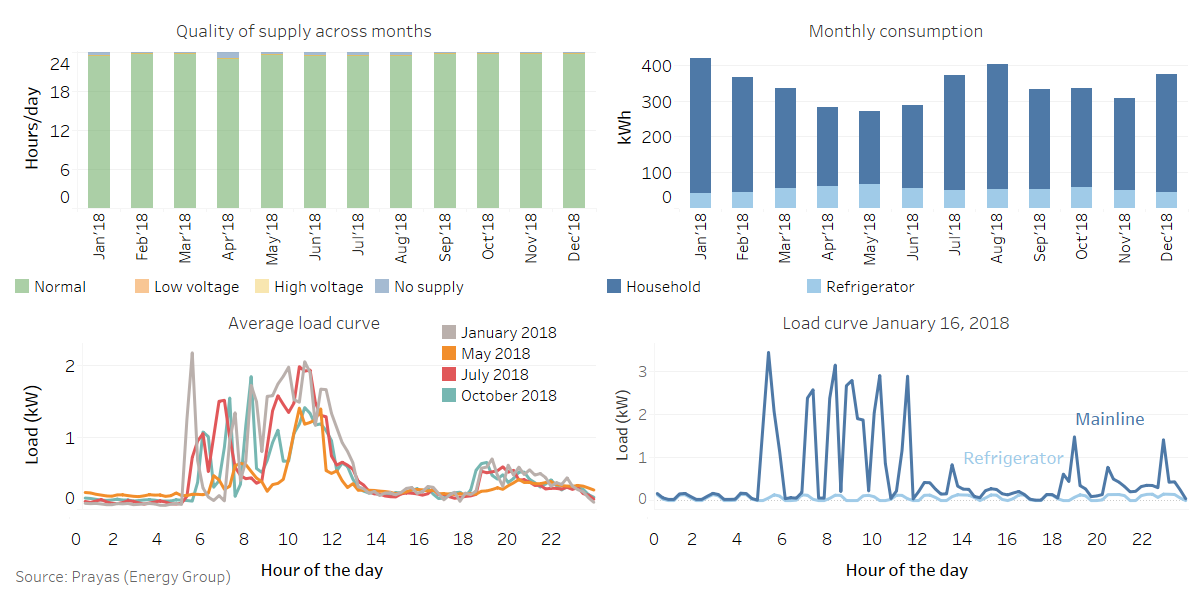
Figure 3: Household in Pune city with high water-heater use
H094: Household in Pune district with high ceiling fan use
This household in Pune district has 5 rooms and 7 people. The household received on average 22 hours of daily supply (including 3 hours at low voltage). However, the average monthly consumption for the available data is about 288 kWh. We do not have data for the summer months. They have an inverter-battery system to deal with the power-cuts. As the average load curves show in Figure 4, there is continuous high load varying from 400-600 W in the night time even in the winter. During the day-time, there is a continuous load of about 200 W. There can be several plausible reasons. One reason may be highly in-efficient ceiling fans. One other reason may also be a leaky battery or an inefficient inverter.
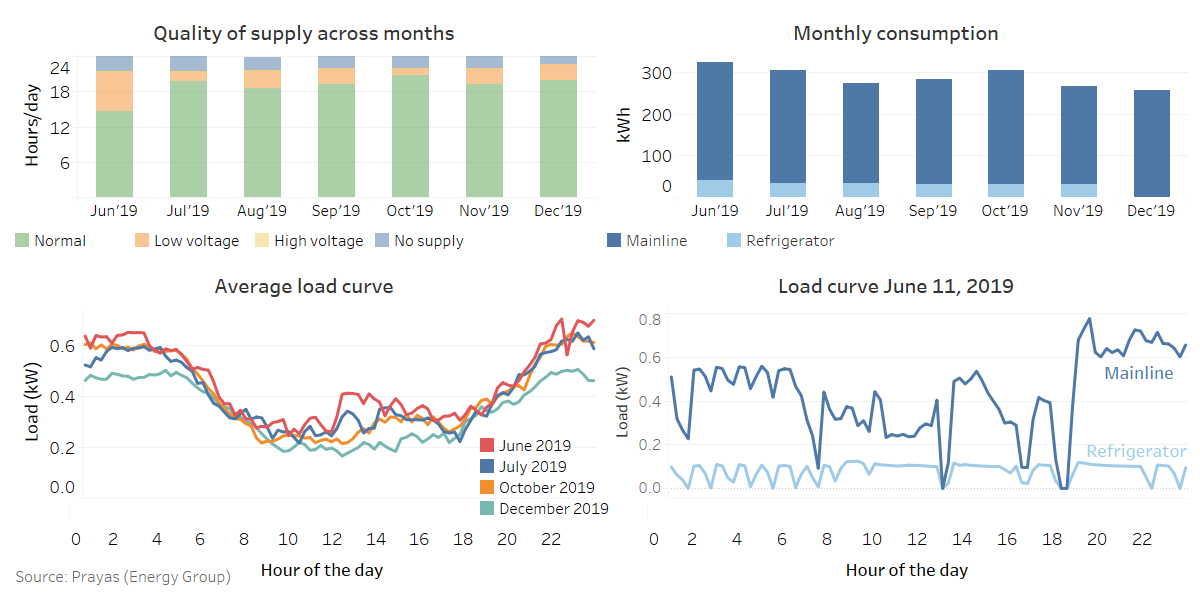
Figure 4: Household in Pune district with high ceiling fan use
H118: Household in Aurangabad district with high consumption
This household in Aurangabad district has 3 rooms and 8 people. They have an air-cooler as well as an inverter-battery set-up. The average monthly consumption for the data available is about 555 kWh with higher consumption in summer. The average night-time load is about 300 W possibly due to the air-cooler. There is a high continuous morning load (> 1 kW) between 5 am and 10 am and also between 4 pm and 8 pm. The household does not have water-heater as per the survey. It may be an immersion rod for heating water but we need to examine this further.
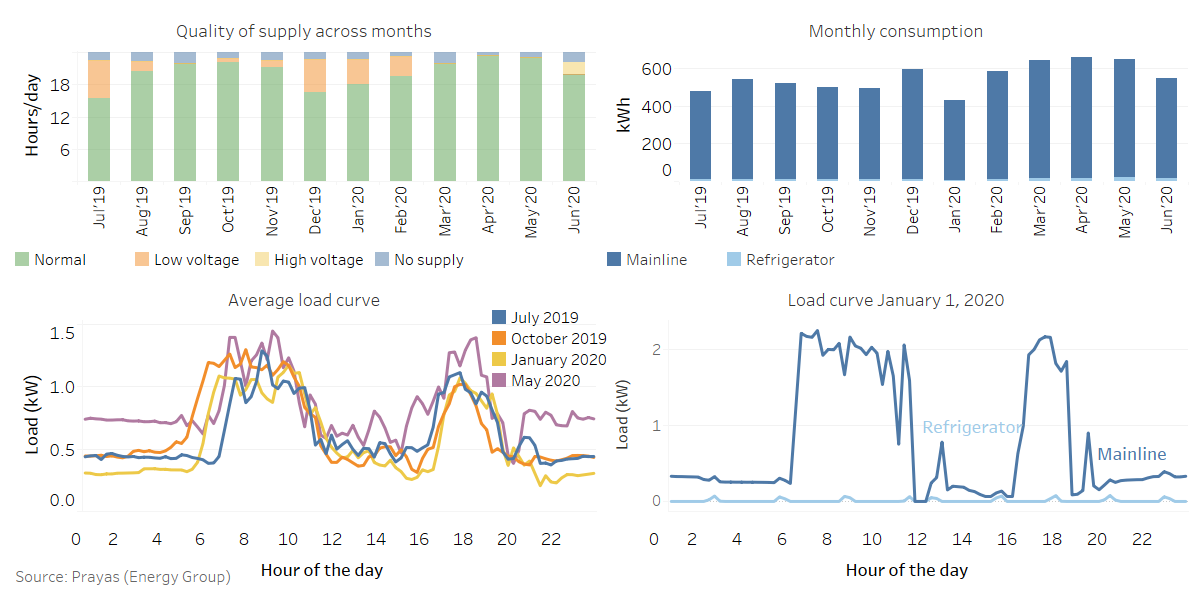
Figure 5: Household in Aurangabad district with high consumption
H066: Household in Kanpur Rural district with poor electricity supply
This household in Kanpur Rural district has 7 rooms and 6 people. They have 2 ceiling fans and air-coolers. As can be seen in Figure 6, they received less than 12 hours of electricity per day on average for the period with available data. Their monthly consumption is about 5 kWh in the winter months which increases to about 20 kWh in summers. As the load curves show, there is no electricity supply during the day time. They do not seem to be using anything more than the lights and ceiling fans.
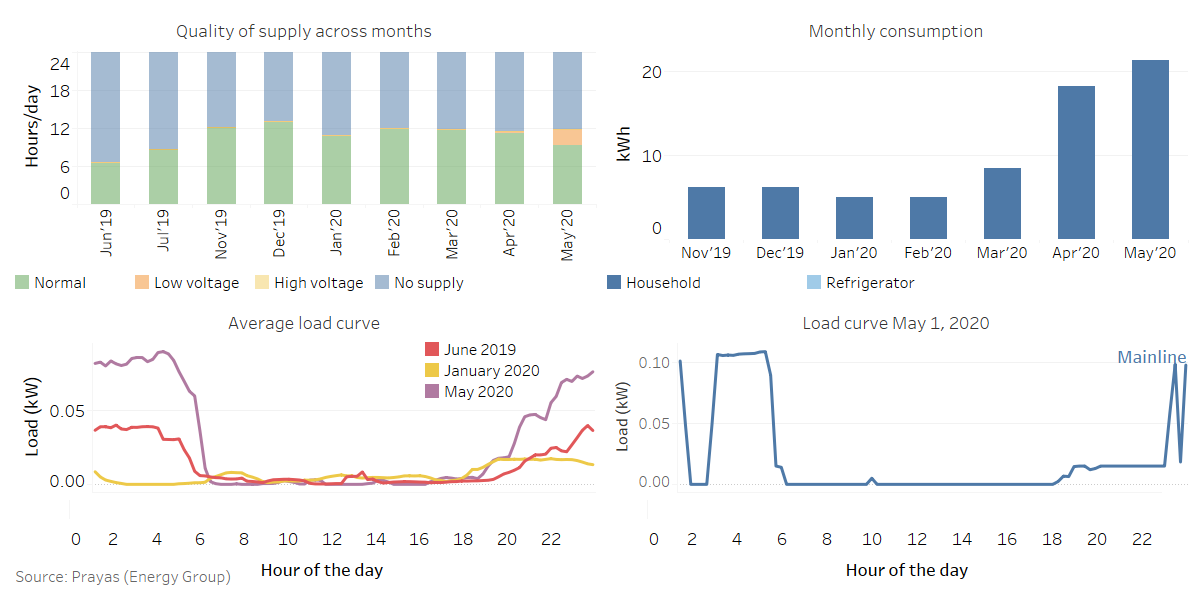
Figure 6: Household in Kanpur Rural district with poor electricity supply
H112: Household in Kanpur Rural district with good electricity supply
This household in Kanpur rural district has 2 rooms and 7 people. They have 2 ceiling fans and a refrigerator. As can be seen in Figure 7, they received about 20 hours 30 minutes of electricity per day on average for the period with available data. Their average monthly consumption is more than 300 kWh for the non-winter months. Refrigerator's share in the total household electricity consumption is small and they probably switch it off in the winters. A typical summer daily load curve shows a continuous night time load of 400 W which increases to 800 W in the morning and is about 600 W for the rest of the day except for the power cuts. They may either have some commercial activity going on or they may have purchased an air-cooler.
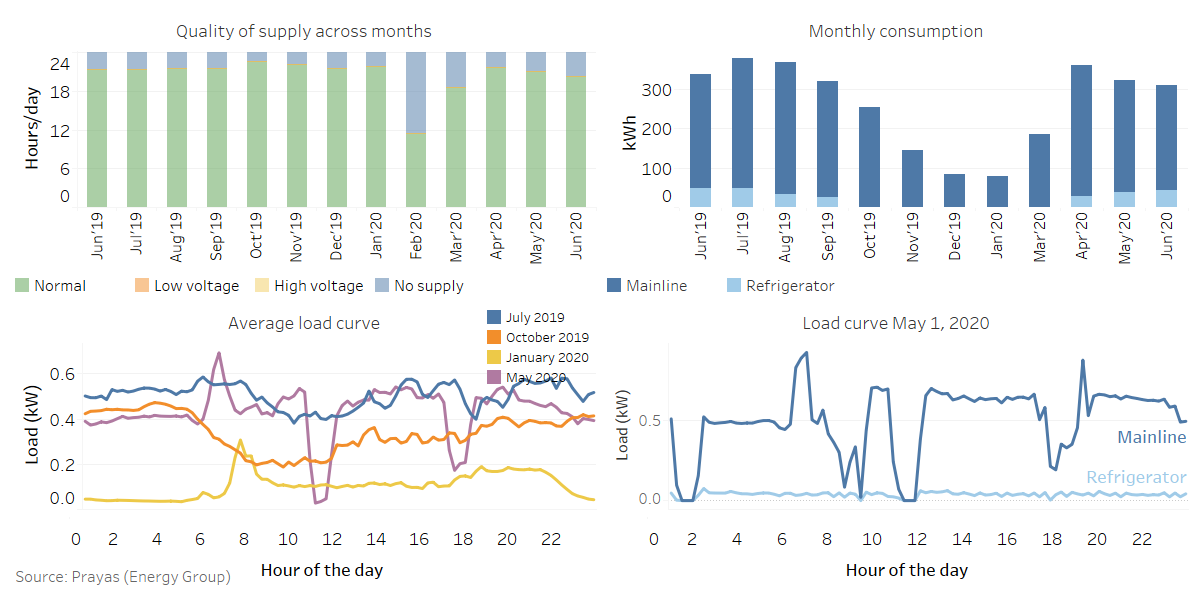
Figure 7: Household in Kanpur Rural district with good electricity supply
To conclude, analysis of high resolution electricity consumption data can provide insights into appliance usage patterns across households and time. When coupled with a detailed survey to provide additional details about the appliances being used, the usage, it can also pinpoint the effect on load curves which will add value to utilities for network planning. When such analysis is made available to households, they can make educated decisions such as repairing inefficient appliances or switching to energy efficient appliances to save energy. On the other hand, with widespread smart electricity metering on the horizon, such insights highlight the importance of data privacy to protect the households. A deeper analysis assisted with artificial intelligence could pinpoint details such as new appliance purchases, affluence, and household occupancy at certain times.
Contributors: Aditya Chunekar, Abhiram Sahasrabudhe, Shweta Kulkarni
Please contact Aditya Chunekar (
Suggested Citation: Prayas (Energy Group), ‘Individual Household Behaviour’, part of blog-series on smart meter data collected under the eMARC initiative, July 2021.
Please click here to read the other posts in this series.

